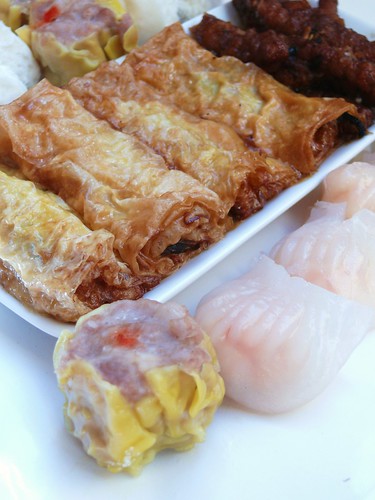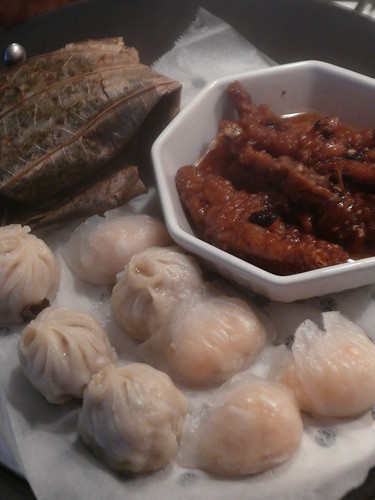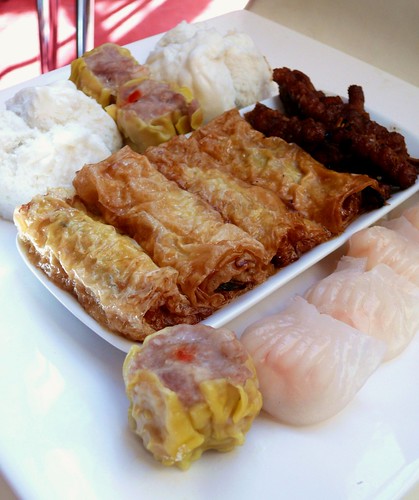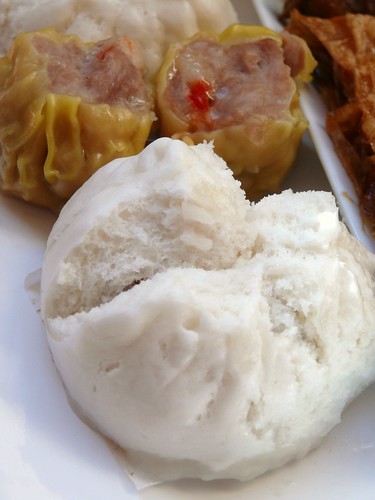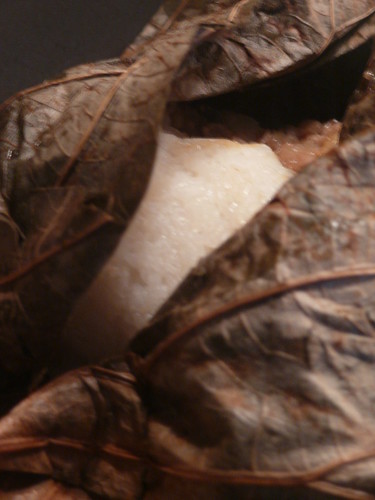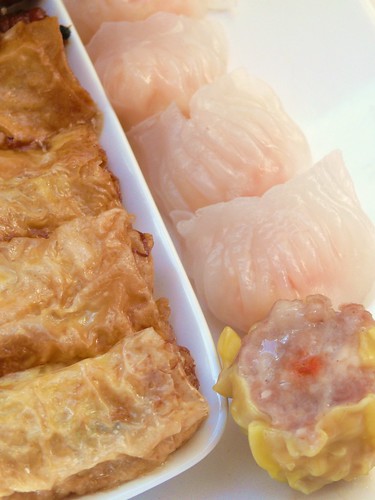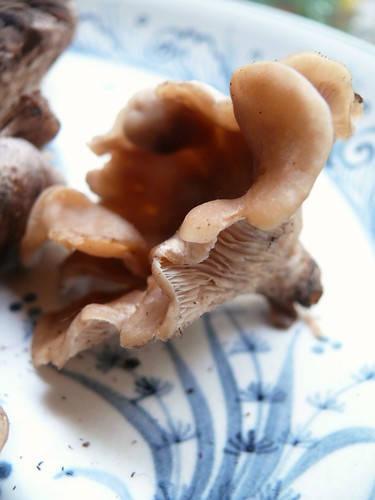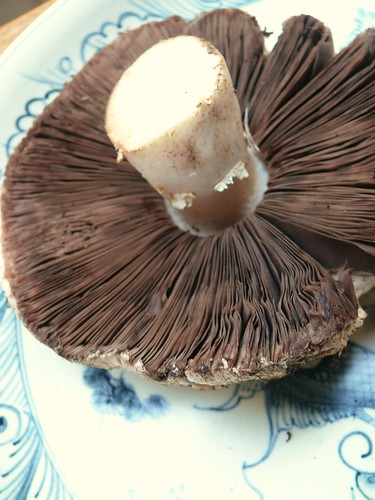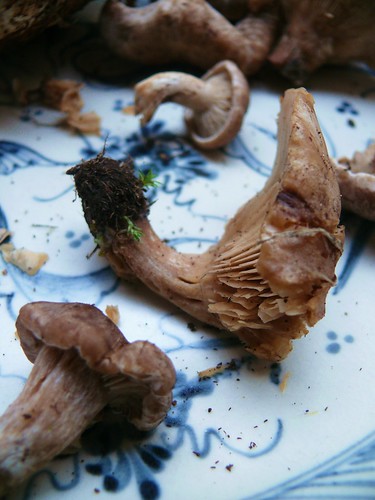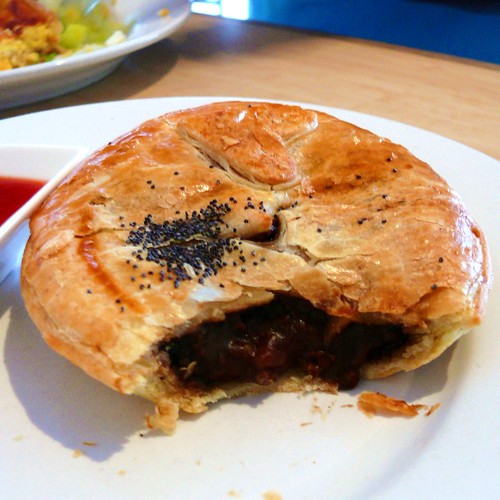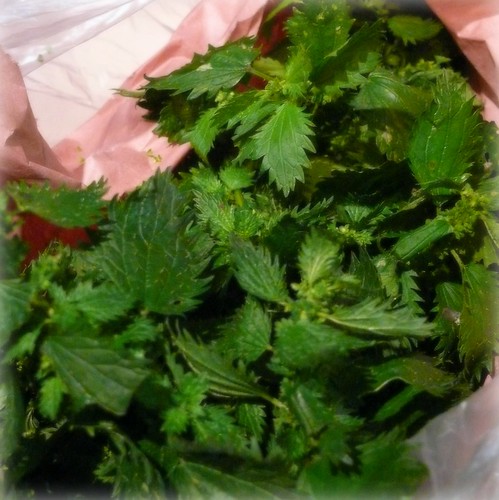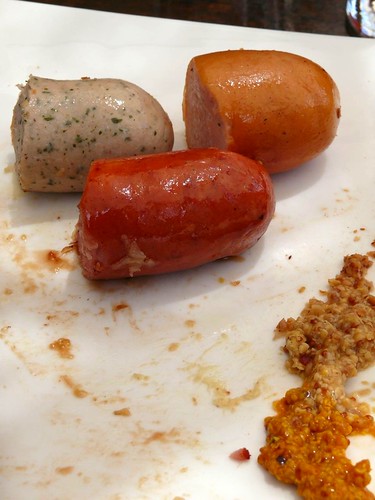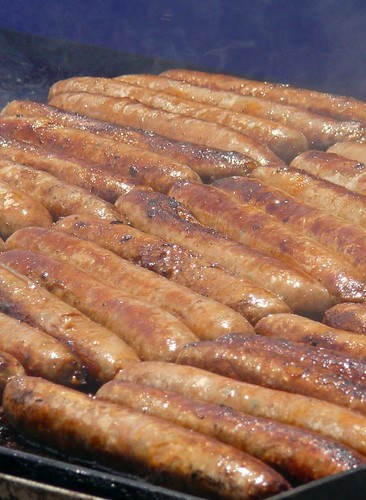
Gordon Ramsay on his eight-year-old son Jack:
“Yesterday he came running in and said, 'Dad, what's a wanker?',” said Ramsay.
“I explained to him it meant like being a bit of an idiot and he replied, 'Oh, you mean like a knob?' So I had to sit him down and found out that this was coming from the 16-year-olds on the bus who'd decided to teach Jack Ramsay a different swear word every day.”
Ramsay explained to his son that swearwords have their place but that “he wasn't to use them in front of the girls or his mother”.
The Superstar chef phenomenon has been relatively slow to hit Australia, just bubbling along on a small low key scale. Perhaps our isolation and smaller population contributed to this? But in the last few months average Aussies have fallen into the spellbinding, foul mouthed world of Gordon Ramsay which does not have me surprised, although I wonder why it has happened now?
Gordon Ramsay's Kitchen Nightmares took off this year on free to air TV, however it was not the first time it aired. Channel Seven had previously aired it and received a small audience late on Thursday nights, while now, Channel Nine pay $15-30k per episode to show it and Hells Kitchen and they have topped the ratings in their time slots. Tonight The F Word will also be seen on free to air television. All shows have aired on subscriber TV Foxtel, but have not received the cult status they now receive. Also tonight, Andrew Denton interviews a laryngitis hampered Ramsay on his show, Enough Rope.
So what gives?
Is this a flow on effect from the boom in trash magazines, splashing contemptuously puerile news on badly behaving celebrities? Has this finally washed through to Aussies because the fascination with the lives of others has gone from Royal watching, to actors, to Big Brother, has worn off and is taking route in another sphere? Is it because the general public are now most entertained by schadenfreude – where watching Ramsay’s guinea pigs being humiliated, fulfils an audience desire to feel comforted that they are superior to the next man? Or is it because in the last ten years of economic boom, Aussies have fallen spellbound in to the arms of marketers and the worship of brands?
You see, in 2006 US Writer Michael Ruhlman was already onto it. It was a trend already well established in the UK and USA . And it was this change in attitudes that moved the notion of the Head Chef and Restauranteur from the traditional perspective of Master Artist, to the individual becoming a commercial property. Ruhlman followed his fascinating books, The Making of a Chef and The Soul of a Chef, with The Reach of a Chef, a book exploring the zeitgeist of the Celebrity Chef or Superstar Chef phenomenon in the company of high profile chefs.
This showed that a new commercial tack had Branding and Marketing experts taking the more charismatic chefs out of their whites and slipping them into designer threads for the public eye - and before you knew it the Executive chef was no longer to be found in their own venues. Instead they became the ambassadors of their brand, used as a conduit to funnel more awareness into their venues in the search for commercial success beyond which chef’s had previously experienced.
Next for these chefs came the articles and cookbooks, followed by the merchandise, spice ranges and the charity profile, and for some, also the Television appearances. A selection of the most photographic had their own TV series, and in the case of Jamie Oliver and Gordon Ramsay the publicity machine moved on to live appearances, Jamie’s stage show and Gordon’s multiple TV shows.
On reflection, the chefs that now garner the most viewership overseas from non culinary groupies are possibly the bombastic ones with the most repugnant TV personas. They are the hot headed, ego-maniacal, verbose and foul mouthed chefs that dot kitchen mythology. In the UK, the footsteps of Gordon are being followed by well known Bad Boy Marco-Pierre White and the loquacious John Burton Race, hoping to follow suit are people such as John Torode.
These Chefs, who have risen in the wake of the garrulous gastronauts such as Rick Stein, Nigella Lawson and Ainsley Harriot, are a reflection of the general public’s desire for the next voyeurgasm. Marketers have recognised the desire by many of the public to be entertained by the ugliness in human nature and an increasingly aggressive and blame oriented predisposition displayed by consumers. For this platform however, time is running out.
Although most may not recognise the gradual change of attitudes - like it or not - change is coming rapidly. It may not be the message that you want to hear, but the world does not stop turning for ostriches. The economic downturn in the developed world will change our perceptions quickly, so you will see an evolution of what happens in the media with these chefs. Recessions force the public to tighten their belts and turn inwards. While some will retain the ability to indulge in fostering the brand experience, many will be looking for an alternative. The food world may suffer a backlash of their past extravagant excesses, but artistry will continue to rise in order to inspire.
In humble and potentially humiliating times, smugness will not be considered entertaining, while practicality is set to come to the fore in a light hearted way. Even the gleaming white teeth and perfect pastel world of Bill Granger may become an anathema to the struggling public. Already Nigella Lawson has come under fire in the UK for the unrealistic portrayal of her lifestyle on her show, filmed in a house that is not her home and of the scenarios played out within that are obviously staged, while her so called friends are bunch of attractive extras invited to mill around holding plates of food stylist produced Nigella branded dishes.
The crest of the celebrity chef wave is riding on a razors edge and only the quick swimmers in that stream will continue to feather their nests. I expect that Gordon Ramsay’s marketing machine is already moving on this with the publishing of his biography citing his humble origins and the increasing marketing of his wife Tania - co-host of Market Kitchen - raised on a farm with a hobby dairy, a kitchen garden and home cured meat etc, a former pre-school teacher and author of two cookbooks aimed at meals for children and families. Jamie Oliver seems to innately predict the zeitgeist and although some of his material has raised hackles, will probably continue to produce copycats.
Although we were slow to recognise Gordon’s publicity machine, we will not be slow to change our attitudes once our purses are pinched. So whether the public will have the disposable income to buy the expensive product lines touted by celebrity chefs in times to come is also debatable.
Long range marketing plans suggest that it will be celebrity chefs who drive the push back to eating simple meals in the home as a family, as a way of justifying their new lines of more affordable merchandise. The focus is tipped to come back to teaching the public the basics of cooking since the demise of Home Economics classes in schools and the rise of the convenience meal. Affordable and healthy home meals will be driven by smaller purses and the alarming increase in food allergies in our children, and perhaps, just perhaps the desire to watch others being yelled at, will lose its fascination.
If you’re looking for the recipe for the celebrity chef business model, this one is offered by Dilanchian Intellectual Property Lawyers:
1. Select the cookware and tools
a. Register a domain name for the celebrity chef
b. Register trade marks for the celebrity chef - as Paul McCartney's company (MPL Communications Ltd) did this year for "McCARTNEY" trade mark applications in the UK and the EU. They are in numerous classes of the registers, including class 29 for "vegetarian foods" among other things
c. Build the celebrity chef website - do a blog, or a website. Here's a shortlist for inspiration:
Paul Bocuse
Iron Chef French Hiroyuki Sakai
Neil Perry
Gary Rhodes
Hugh Fearnley-Whittingstall
Keith Floyd
Lloyd Grossman
Nigella Lawson
d. Build credibility - start a restaurant or extend into food after establishing celebritity status in other areas (eg sport or film). The big break may come on My Restaurant Rules(an Australian TV program which may run to a third series), but to be a celebrity chef you don't have to have a restaurant. Donna Hay does not have one, nor does Curtis Stone.
e. Negotiate licensing arrangements - write a book or get someone to ghost write it for you, find a television producer and brainstorm ideas, distribute DVDs of the TV program.
f. Grow publicity - participate in food festivals, private parties, trade shows, radio interviews, book signing events, product endorsements, television appearances, and corporate events.
g. Clean up - merchandise like a rock star, cookware is obvious but there are few limits.
2. Work with the key ingredient - the personality
Donna Hay stands for simplicity, she is the honest local; Kylie Kwong is the fifth generation Australian with a Chinese soul; Gordon Ramsay is culinary perfection with a foul mouth and he plays this up all the way to the bank; Jamie Oliver is the energetic and keep-it-simple 'Naked Chef' and the no pretension 'Pukka Tukka' guy; and Nigella Lawson is intimate but homely.
3. Pour in the oil - sizzle the personality
Put up your hand if you have a Donna Hay book, have read about Neil Perry's association with the business class and first class menus for Qantas, have watched Jamie Oliver on TV in Jamie's Kitchen, or coveted Nigella Lawson's curvaceous cookware. Keep your hand up if you believe there is a strong connection between the names and identify of celebrity chefs and their food. Yes, food is a very personal product. In food franchising surnames or a personality are common in the identity of the brand, eg McDonald's and Colonel Sanders for KFC. The same pattern of name or identity association appears in the names of the books, television shows and restaurants of the famous chefs. Here's a short list:
Books: bills Sydney Food (Author: Bill Granger), Donna Hay Christmas, Kylie Kwong Heart and Soul (pictured right is Kylie at a book signing event), Nigella Bites (by 2002 Nigella Lawson had sold 1.5 million books), Jamie's Dinners (Author: Jamie Oliver), and Gordon Ramsay's Kitchen Heaven.
Television: bills food (Bill Granger, The Lifestyle Channel), Kylie Kwong Simply Magic (The Lifestyle Channel), Gordon Ramsay's Sunday Lunch, Jamie's Kitchen Australia, Nigella Bites Christmas. Jamie's Kitchen Australia, showing on Network Ten is enjoying success: 1.34 million people tuned into the premiere, with repeat ratings over the one million mark.
Restaurants: bills, bills 2, Billy Kwong (all associated with Bill Granger); and Restaurant Gordon Ramsay.
4. Add and stir - merchandise and more promotions
Bill Granger (proprietor of bills) has commercial interests in Poliform Kitchens. Jamie Oliver's commercial interests include Tefal Cookware, Gadget Candy and Jamie Oliver Cookware. 'Gordon Ramsay by Royal Doulton' brings you a tableware and cookware collection. Neil Perry brings you a collection of sauces as pictured above.
Jamie Oliver is a household name in the US, something assisted by regular appearances on Oprah. He is prominent in celebrity endorsements, eg in Australia for Yalumba wines. In the UK his endorsements are in favour of Sainsbury's (an endorsement estimated to be worth £1m) and an Italian food range of artichokes, anchovies, capers, pesto, pasta sauces and infused olive oils.
Magazine writing is a very common commercial interest of celebrity chefs, eg Nigella Lawson and Bill Granger both write for the ABC's Delicious magazine.
5. Clean up
The final step of the recipe for making a high net worth celebrity chef is to clean up. Here are profiles of three UK chefs that have cleaned up.
· Gordon Ramsey, 42, is estimated by The Independent to be worth £67m. It notes: 'He now has nine restaurants in London, with four chef patrons (Angela Hartnett, Marcus Wareing, Bjorn van der Horst and Mark Sergeant) and two abroad, in Japan and Dubai - though they are operated by franchisees. A major expansion is planned in the US, with openings in New York and Florida in October.' In the UK Ramsey has had five TV programs and has published 13 books. The Independent also reports that: 'The last available accounts [of Gordon Ramsey Holdings] for the year to August 2004 show turnover of £30m - steeply up from £21m the previous year. Profit after tax was £2.7m, against a £1m loss last time. Directors' fees were £512,000.
· Rick Stein, 61, is estimated by The Independent to be worth £36m. Stein has built a seafood empire in the Cornish port of Padstow. It incorporates the £115-a-head Seafood Restaurant, a 33-bed hotel, cookery school, St Petroc's Bistro, Rick Stein's Café, Stein's Fish and Chips shop and a patisserie - all in Padstow. Stein is credited with 11 books and 12 TV series. He has interests in Australia, where his company The Seafood Restaurant (Padstow) has a 1 per cent holding in Tower Lodge winery and resort and a cake company, Palm Beach Cupcakes, run by his partner, the publicist Sarah Burns, in New South Wales. The Independent reports that 'Money from the Padstow empire and media work is funnelled through The Seafood Restaurant (Padstow), which, according to the latest accounts, employs 293 people. ... In the year to April 2005, gross profit rose by 10 per cent, from £2.5m to £2.8m. Dividends and directors' fees totalling £1.5m were paid to the Steins.'
(Addendum) This post was written ahead of time
and forward posted.
Since then I have read a post on The New York Times Blog where Laurent Vernhes recalls the Superstar Chef phenomenon in France and paraphrases Jean-Georges Vongerichten on how, as a Chef away from the stoves, he maintains the quality of his product in multiple venues.
Interestingly Vongerichten is said to have remarked that at
his three star venue he has 60 staff to service 60 seats. As you can't make money with that ratio, you need to then open multiple venues in differing categories in order to make a profit.
In marketing terms that three star venue is then considered
to be a loss leader and is offset by venues where the profit margin is high. Obviously a sound business model and generous investment partners are required to establish this kind of Superstar Chef enterprise.


